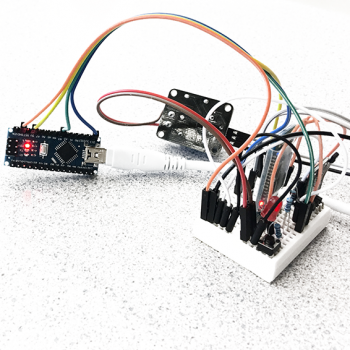Previously, I’ve written about the importance of having a clearly stated outcome or goal that serves both your organization and your user. Once you have articulated this outcome, many teams reach a place of ideation and creation. It’s not always a happy place. This is where ideas swirl, sometimes things get created, users don’t always care for what they see, and nobody knows why. Your research indicates that this creation should be a wild success, you have assessed competitors in the market, but somehow it still misses the mark.
Now you have a deadline and/or a dwindling budget to keep this project going, and you need to show success. Any signal of success. Now your team can’t seem to land on where to focus, and somehow you are looped into the status of a bug that is causing all sorts of problems. Since when do you receive bug reports?
Welcome to product purgatory. The good news is, there’s a way out.
Once we set a goal, there are 2 critical questions that emerge within any product process: Which avenues exist for us to achieve our goals? What are the specific things we will do (features, experiences, etc.) to support our user and our goals?
Here’s the thing: when there are a lot of stakeholders, opinions, and spin, it’s time to divide and conquer based on these 2 questions.
Group 1: Set a direction, and get out of the way
This is a small and accountable group that can focus on setting a direction by placing strategic bets on ways to achieve goals. This doesn’t mean they come up with features and draw experience diagrams. This is to say that they bring the team focus on where there is a likelihood of success in the market.
For example, if the goal of your product is to save your organization money in its cost to serve customers, they identify all of the thematic ways money is spent on these activities today, and strategically selects which are the best to focus on creating solutions around.
This is to say, this group sets a direction, communicates the direction, and sets expectations on what impact is required to continue focusing on this direction. Then they get out of the team’s way.
Group 2: Execute, and measure relentlessly
Once a strategic direction is set on the team’s pathway to achieve the goal, it’s up to the product team and rapid experimental approaches to serving the users and the goal. They will take research, ideas, concepts, feedback, data, and many other sources of information, and turn it into value.
They will learn things. They will make things. Some of it will be good, but most of it won’t be. Until it is.
This group is responsible to surface insights, communicate facts and feedback, and make recommendations that are backed up with data. They will capture information and learn about ways to serve their constituents in a succinct, brave, and factual way.
It is the responsibility of Group 1 to give them the autonomy to do this, and to be influenced by Group 2’s learnings from the field.
Designing a team for success
If you’re wondering how to decide who is Group 1 v. Group 2 material, I’ve created a pocket guide for establishing teams based on capabilities and roles. If you or somebody you know could use some insight into designing an outcome oriented team, check out this guide for mapping people to projects.



